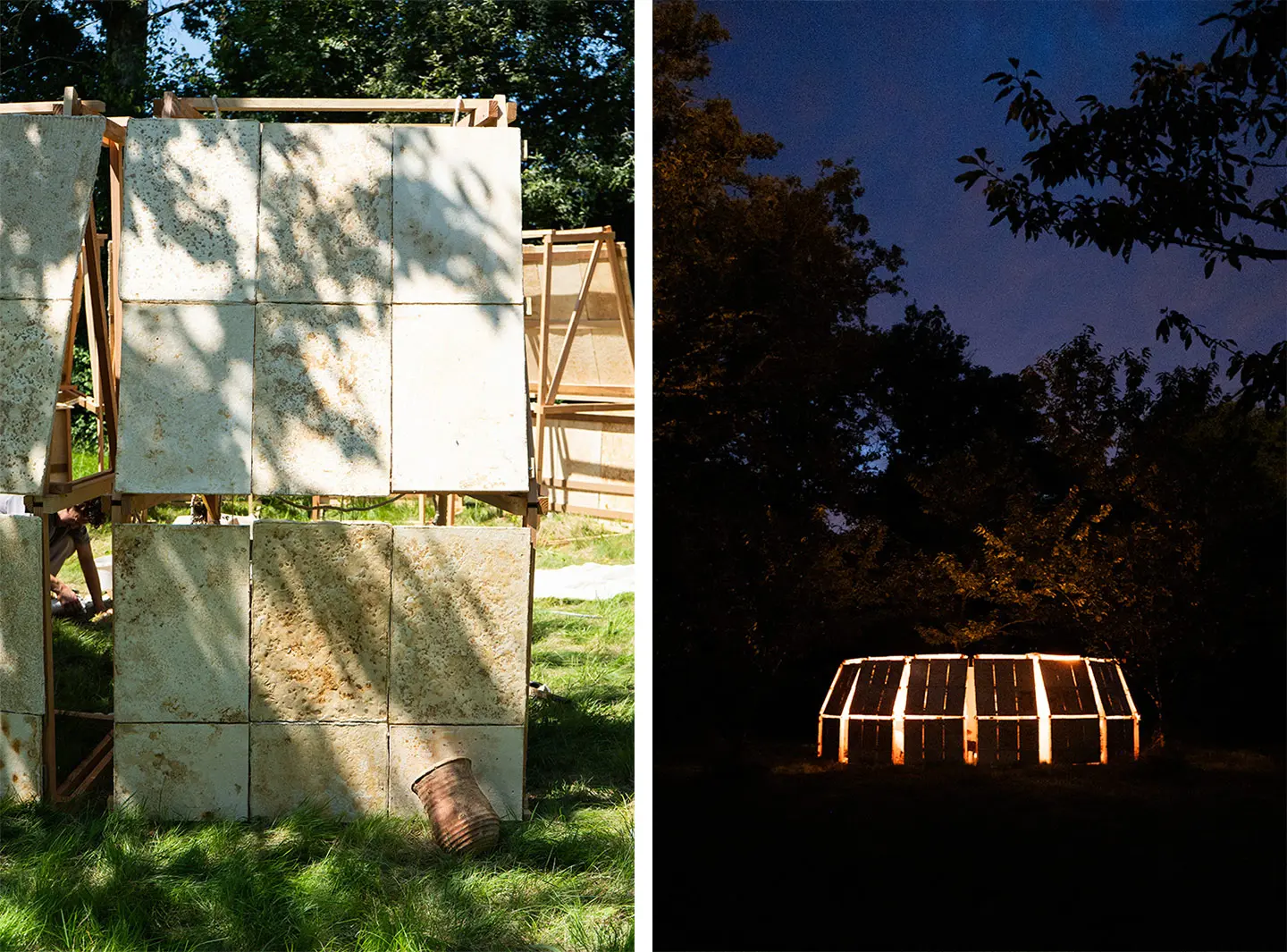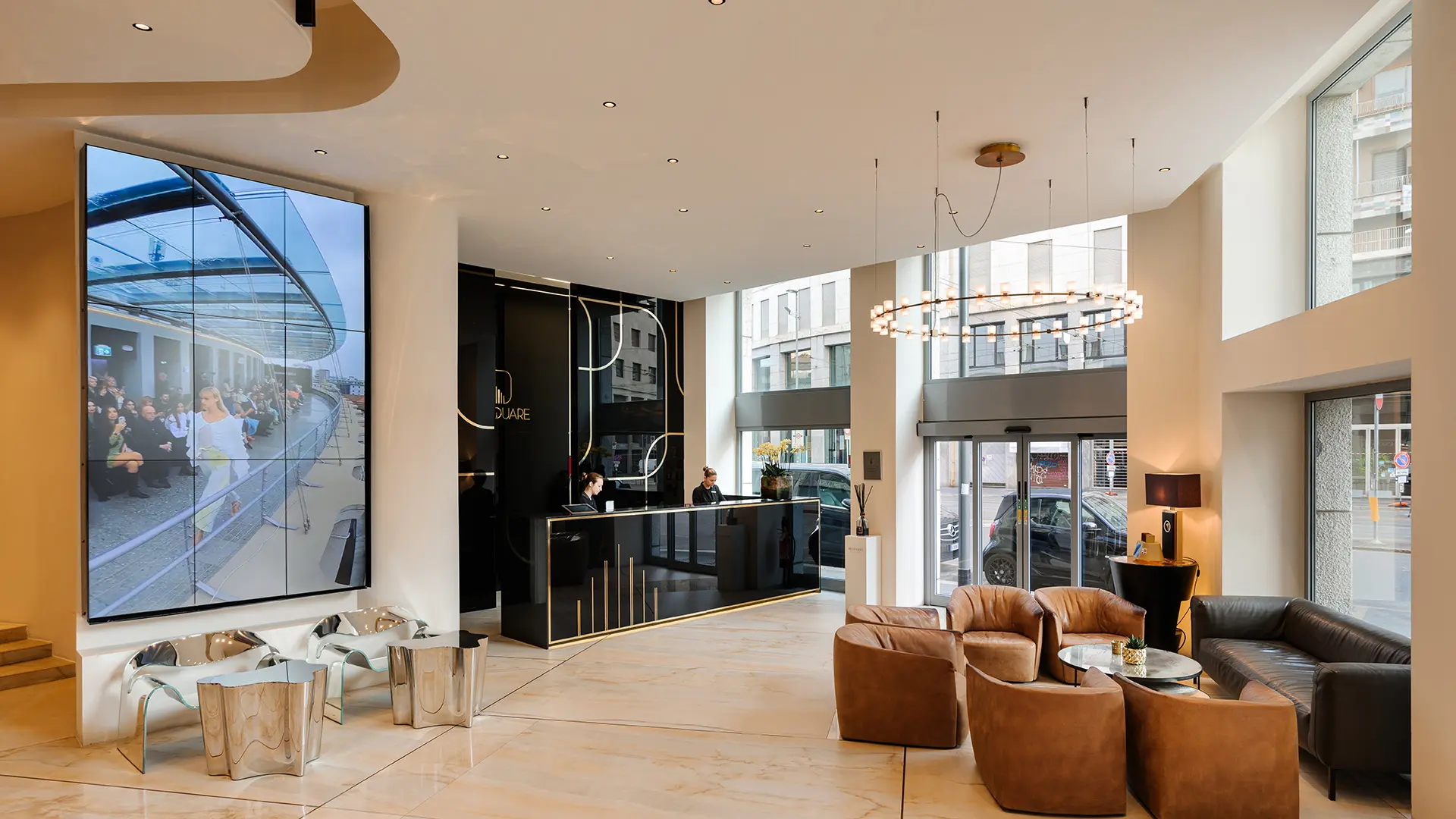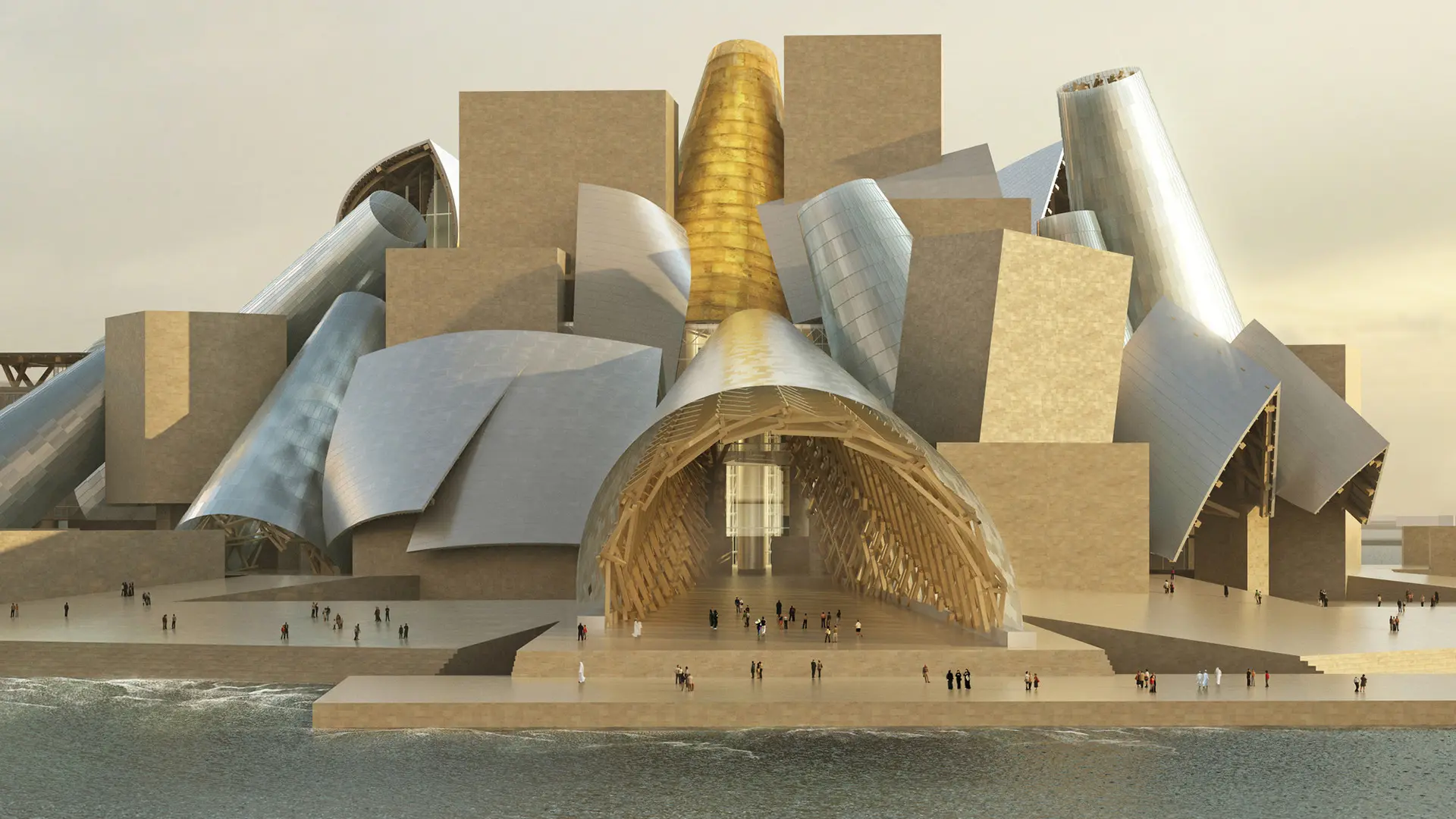In partnership with MiCodmc, a selection of establishments ripe for discovery during the 64th edition of the Salone del Mobile.Milano, from 21 to 26 April 2026
Biomaterials and the new frontier of living materials: mycelium

Aléa (Miriam Josi & Stella Lee Prowse)
“Living Materials” is the new feature devoted to the materials of the future by Daniela Amandolese, researcher and lecturer at the German University in Cairo. It explores the potential for symbiotic design between people and living organisms
The obsessive use of resources, combined with the increasing demographic pressure on the planet now and in the years to come, is no longer sustainable. Raw materials are finite (Genovesi, Pellizzari, 2021). The growing scarcity of natural resources, together with the increasingly evident environmental costs of production and use of resources, is driving the search for new and alternative sources (The Megatrend Hub, Knowledge 4 Policy, European Union, 2023), and green materials for more fully aware design.
The ability to formulate projects and create objects is one of the fundamental human cultural properties. But how can humanity and other species work together in the design and creation of new products and architectures, without depleting the Earth’s resources?
The transition towards a circular economy should heighten awareness and help us develop new methods of resource procurement and use.
In this context, a radical approach to design, based on biological principles and incorporating the use of living materials, is emerging and revealing its potential. Designers are being called on to create solutions that enable a successful transition to more sustainable and regenerative models of production and consumption. They will ensure that these goals become a reality rather than remaining mere aspirations.
We may be at the dawn of a materials revolution with the potential to restore the balance in our relationship with the planet.
This is leading us towards a situation in which organic production replaces industrial production, and people plan how to grow materials and products. We could significant reduce our depletion of resources by using regenerative materials.
Specifically, when we think of Living Materials/Growing Materials, what do we mean? “Living materials”, such as mycelium-based composites or algae-based bioplastics, are derived from or incorporate living organisms, offering renewable and biodegradable alternatives to traditional materials. The fascinating opportunity to co-create with nature opens up new expressive avenues, where biology, art, architecture and design influence each other. These different forms of expression are capable of reimagining production paradigms through synergies with more sustainable solutions.

Critical Concrete, Aléa, ZÉRUÌ
World-as-organism: this is the emerging paradigm, in contrast to that of the first industrial revolution of World-as-machine.
In the next three articles on Living Materials we will explore the design potential of living and regenerative materials such as fungi, algae and bacteria.
Living Materials: a journey to discover mycelium
“Thinking like mushrooms means recomposing the world ravaged by human beings” The Mushroom at the End of the World: On the Possibility of Life in Capitalist Ruins, Anna Lowenhaupt Tsing, Princeton University Press, 2015
Mycelium, the vegetative part of mushrooms, could revolutionize our concept of production in the field of design and architecture by rethinking the system in a regenerative way. A process that enchants: from mycelium grows a new material, new products, new architectures.
A mushroom is more than just the above ground part that we all know, which is actually only its reproductive organ. It is a much larger organism, consisting of a network of mycelium, and it belongs to a whole kingdom that includes over 700,000 species, each with its own characteristics. The mycelium functions as a natural network, a web of filaments along which travel nutrients and chemicals, connected in a symbiotic system (also called the “Wood Wide Web”) with the trees with which it exchanges information and resources. Mushrooms also break down polyaromatic hydrocarbons (like those found in crude oil and gasoline), heavy metals, herbicides, pesticides, pharmaceuticals, antibiotics, phthalates, dyes, and detergents.

Alèa
Mycelium-based materials have a low environmental impact, as they are grown using agricultural waste as a substrate (recycling waste and dispersing fewer greenhouse gases). They are biodegradable and compostable after use, hence they release nutrients into the soil, improving its quality. Some mycelium species possess excellent insulating properties, both thermally and acoustically, making them particularly suitable for applications in the building and packaging sector. Then mycelium offers natural fire resistance without the use of chemical additives, a factor that further enhances its functionality and sustainability.

Ecovative
Thanks to these intrinsic properties, such as biodegradability, rapid growth and the ability to regenerate, mycelium offers innovative opportunities in various sectors of design, from fashion to construction. Extensive experiments have already been conducted that reveal the use of waste for making new materials thanks to the action of mushrooms. The challenge is to incorporate these processes into the production chain, at different scales, imitating natural processes in which there is no concept of waste, but everything is a resource for something else. Several companies have begun to explore the potential of this material by applying it to various sectors of design.
MycoWorks
MycoWorks, a San Francisco company, has developed an alternative to leather called “Reishi,” made completely from mycelium. Reishi mimics the appearance and properties of animal leather, but is completely biodegradable and does not require the use of aggressive chemicals, typical of traditional tanning processes. Thanks to the material’s versatility, fashion and furniture designers have begun to use it to create sustainable garments and accessories, so reducing the environmental impact.

MycoWorks
Mogu
Mogu, an Italian company, uses mycelium to create acoustic panels and flooring materials. Mushroom-based acoustic panels are used in interior design to improve the sound quality of spaces. Mogu’s products are aesthetically appealing and demonstrate mycelium’s ability to provide sustainable solutions for furniture and architecture. Their production is based on energy-efficient processes and uses local raw materials.


 Sustainability
Sustainability













